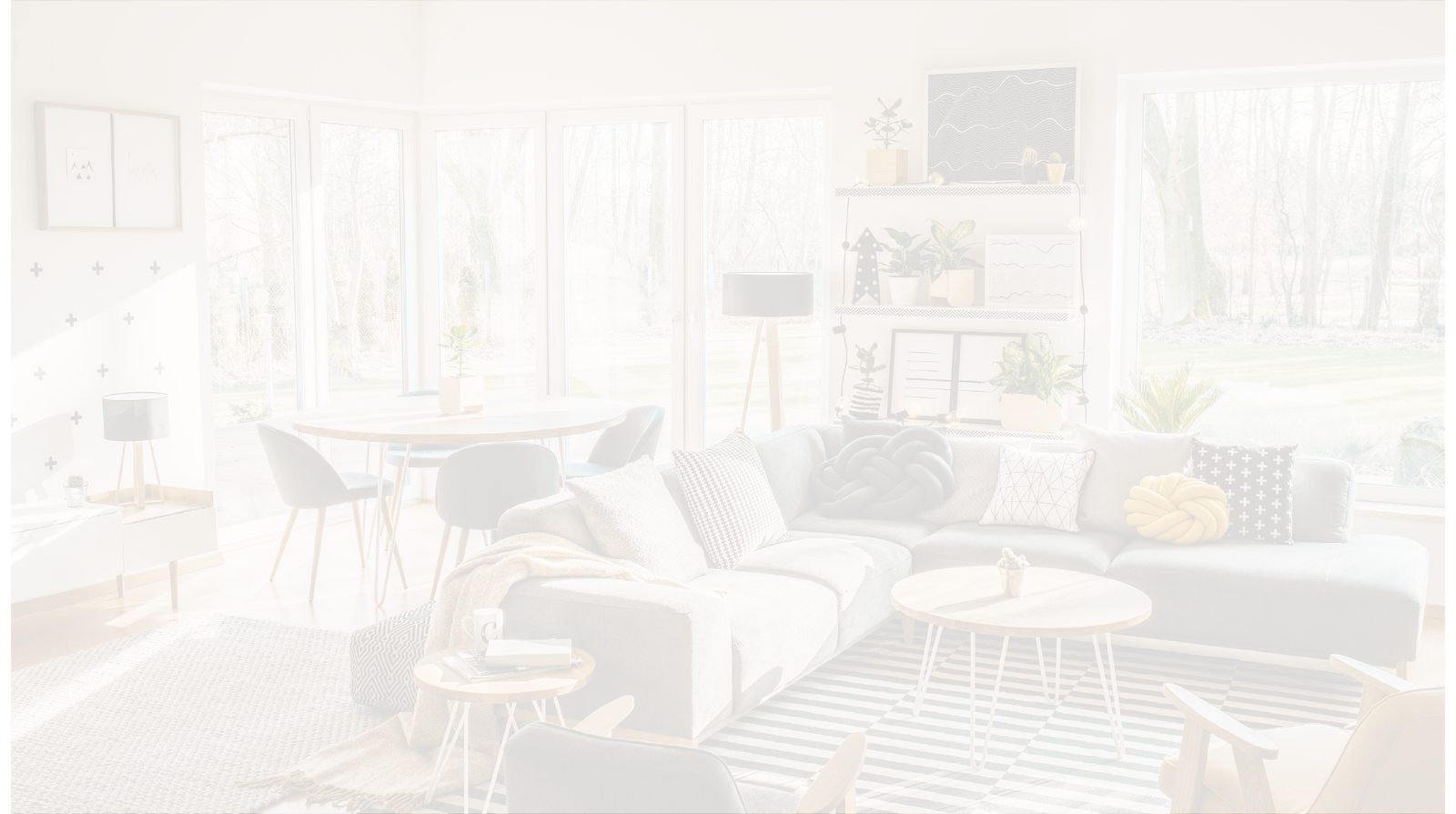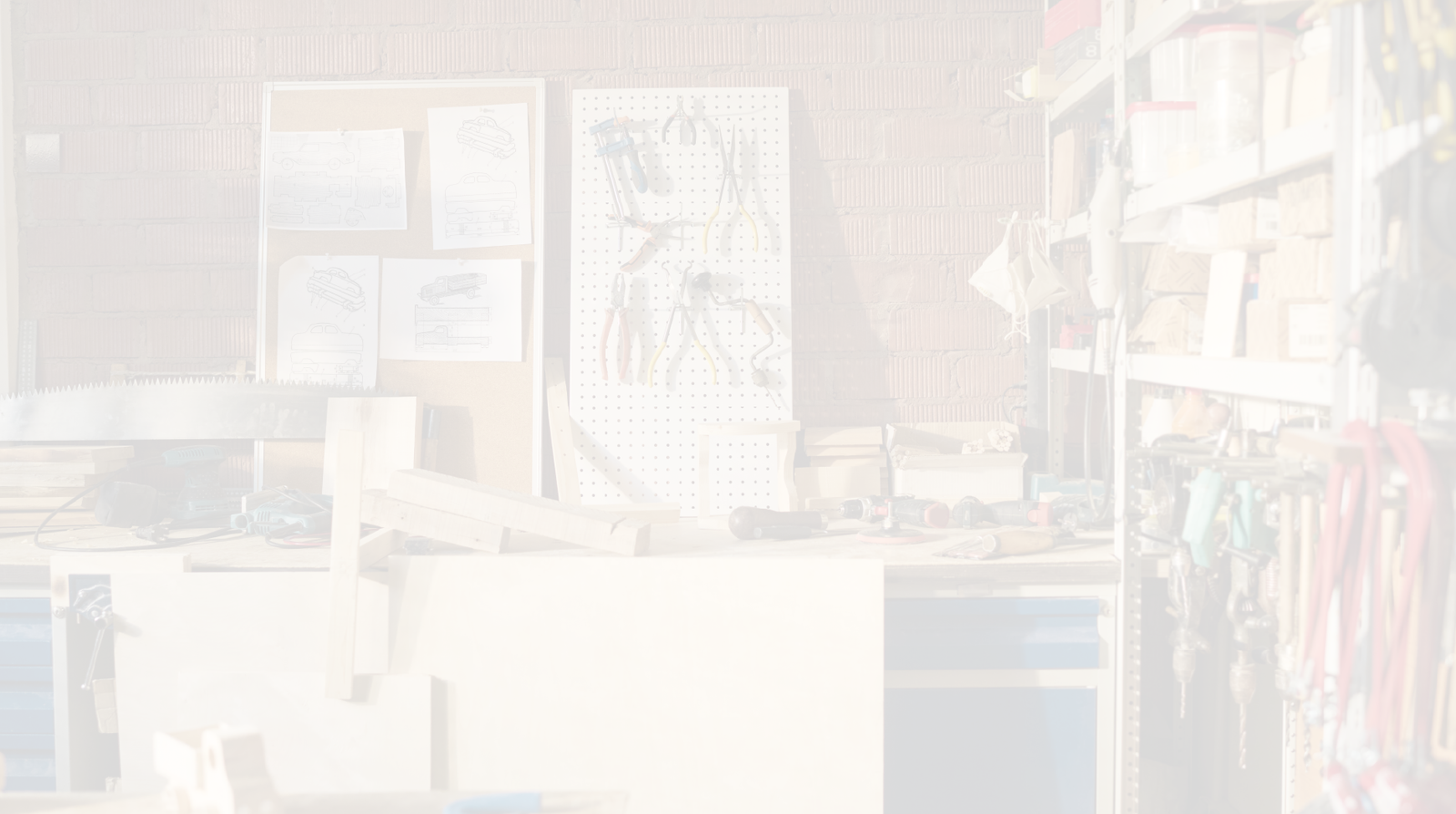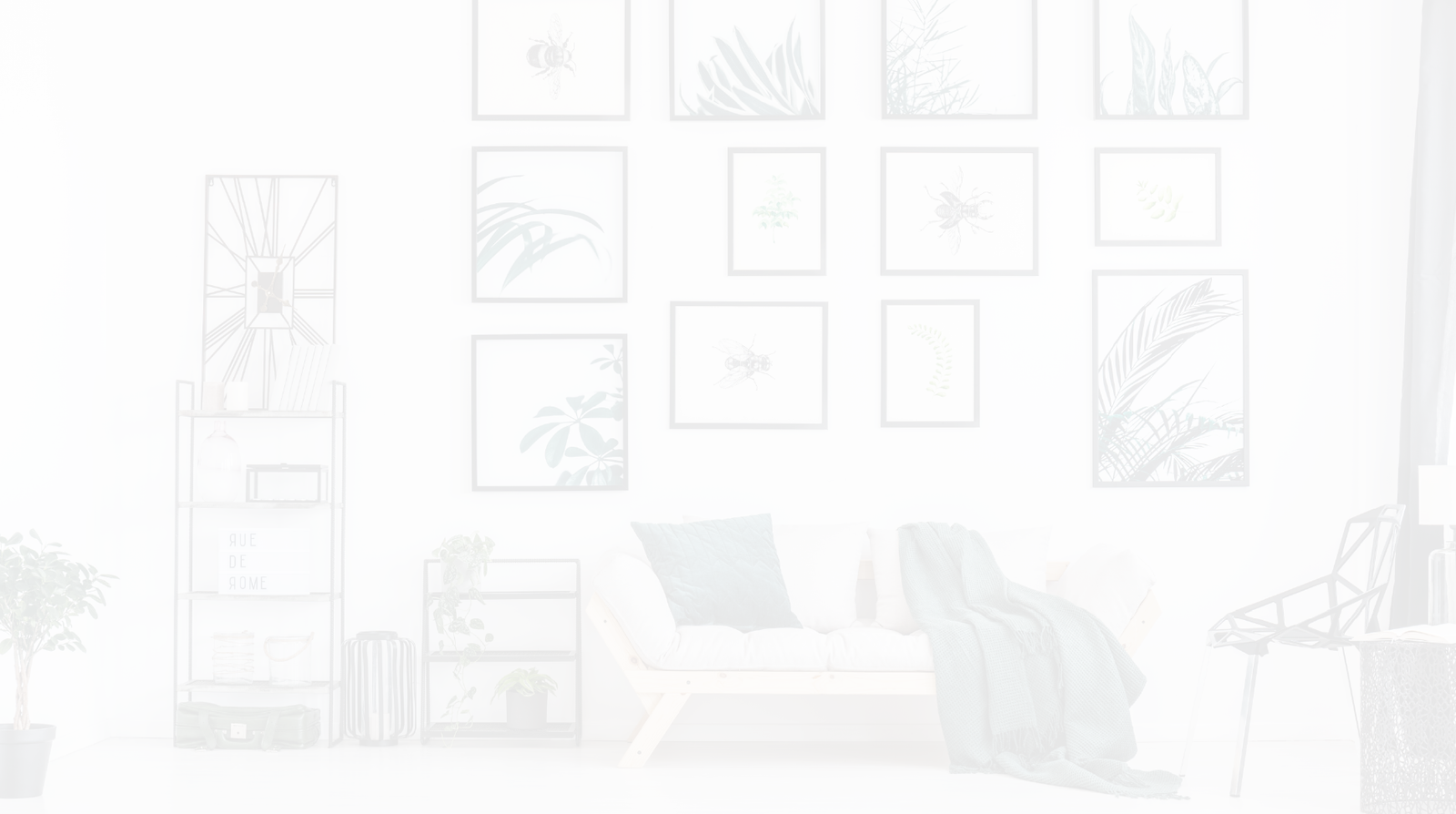If you’ve ever seen rubber bumpers before, you’d think they’re simple and straightforward picture hanging hardware that don’t require any tools or complicated instructions. While that’s true, the fact remains that rubber bumpers have a wide range of applications, making them a versatile and multi-purpose accessory.
Let's delve into the five distinct purposes of our rubber bumpers that establish them as an essential household item in this article.

To create a gap for good ventilation
First and foremost, the primary purpose of bumpers is to be used as spacers. They are usually placed in the bottom back corners of a frame to create a small gap between the frame and the wall. This allows better ventilation behind pictures and art on the wall which helps prevent mildew growth from occurring as well as allows the frame to lay more flat against a wall and prevents frames from leaning forward.
Depending on what type of rubber bumpers you use, they can be used on gadgets and machinery parts as spacers as well. Some gadgets, such as a keyboard, need a little elevation while some machine parts shouldn’t touch each other. The use of bumpers to solve these minor issues is a quick and easy fix.
🖼️ The best types of bumpers to use for this application are:

To protect furniture from scratches and provide non-slip grip
Like frames, you can also place rubber bumpers onto the corners of furniture such as glass tabletops, chairs, and other furniture pieces. The bumpers will help prevent scratches and scuffs when they’re bumped or moved around.
Rubber bumpers are made of soft, pliable materials. In this case, 100% polyurethane with no added plasticizers, oils or fillers. That said, its material allows the bumper to provide a more even distribution of force which helps reduce dents, scratches, or other types of damage.
🖼️ The best types of bumpers to use for this application are:

To dampen sounds
Rubber bumpers can also be used to cushion the blow of lids, doors and drawers. The density of some bumpers are rigid and thick enough to dampen sounds so that it’s less unpleasant to the ears. With the use of rubber bumpers, you’ll only hear a soft thump instead of a loud slam.
To maximize the sound dampening capabilities of rubber bumpers, we recommend you use thicker and denser varieties. Aside from that, you should also consider putting the bumpers in strategic areas on the object. For example, bumpers are commonly placed on the corners where impact is likely to occur.
🖼️ The best types of bumpers to use for this application are:

To provide stability
Aside from picture frames and drawers, rubber bumpers can also be used underneath objects such as trinket dishes or pen holders. Its anti-skid properties help objects stay in place and avoid skidding. You can also place it underneath electronics such as speakers and keyboards to keep them from moving about.
🖼️ The best types of bumpers to use for this application are:

To absorb impact
Lastly, bumpers can also absorb impact. This is done by compressing under pressure which is made possible by the elastic properties of rubber.
However, the ability of rubber bumpers to absorb impact depends on a few factors including the type and thickness of the bumper used, as well as the force and speed of impact. Generally, thicker and denser rubber bumpers can generally absorb more impact than thinner and less dense bumpers.
🖼️ The best types of bumpers to use for this application are:

Applications Are Endless!
At this point, rubber bumpers have proven themselves versatile and very useful in many different scenarios and applications. Here are specific examples of where and when you can use rubber bumpers:
- picture frames
- cabinets
- drawers
- doors
- retail packs
- cutting boards
- coasters
- frames
- appliances
- electronics
- speakers
- P.O.P. displays
- desktops
- centerpieces

❔FAQs about bumpers❔
Have some more questions about our Picture Frame Bumpers? No problem! Check out our frequently asked questions:
1. Are these food-safe & BPA-free/non-toxic?
➡️ These are made of Polyurethane and are not made of food grade materials. We do not recommend using them on the top side of the chopping board where the food goes.
2. What's the temperature range on this?
➡️ The recommended storage and application temperature for rubber bumpers is 70- 80°F (21-27°C). We suggest a 24-hour dwell time after application of the bumpers before applying lateral weight or force to them.
3. Are the Square Rubber Bumpers made of real rubber?
➡️ All our rubber bumpers, including the Square Rubber Bumpers, are made of 100% molded Polyurethane.
Polyurethane is a plastic material, which exists in various forms. They can be made to be either rigid or flexible, and is often the material choice for a wide range of uses such as cushioning for furniture, adhesives, shoe soles, insulation of refrigerators and freezers, and many more.
4. Are these pads ESD safe? will they dissipate electric current?
➡️ The bumpers have not been tested regarding ESD. While it is expected that they should not conduct any electricity, we cannot provide an assurance since the relevant test was not carried out.
5. How tall are these in mm?
➡️ Check out this guide for reference:

6. Is the durometer hardness level known on these? Are they at least 80 +/-?
➡️ The durometer is 60-70 Standard.
7. Are these stackable if you need thicker pads?
➡️ We do not recommend stacking them; use a taller bumper instead. We have a tall, tapered rubber bumper, if you’d like to add some height to the object or widen the space between two objects. You may also check other types of rubber bumpers here.
8. Are these removable?
➡️ Yes, they can be removed. However, they cannot be reused. Once removed, it’s possible that they will leave traces of sticky adhesive. Get rid of sticky residue using any glue remover like Goof Off.

Final Thoughts
In conclusion, rubber bumpers are small but versatile items that can be used in many different ways. Whether you need furniture protection, door protection, sound dampening, a non-slip surface, or help with your DIY projects, rubber bumpers are a great tool to have in your arsenal.








Leave a comment (all fields required)